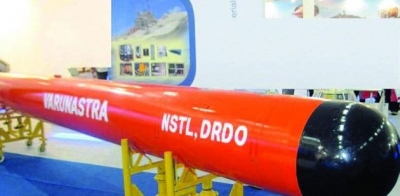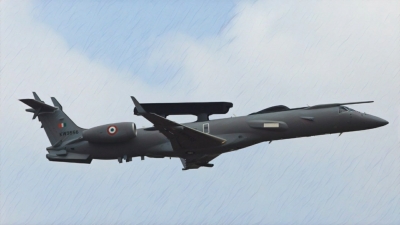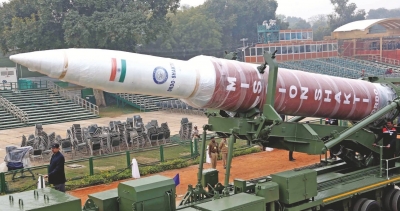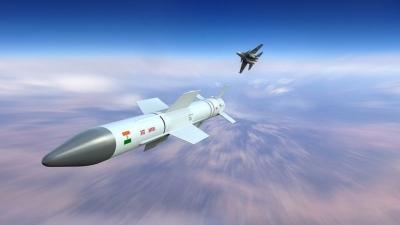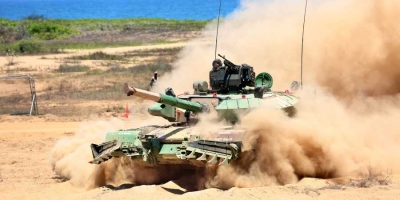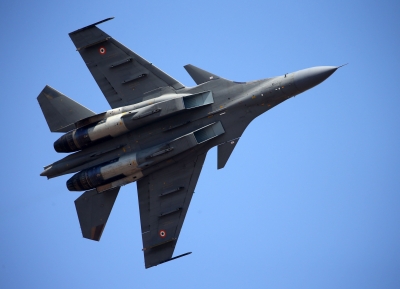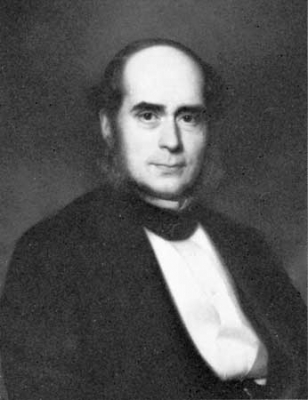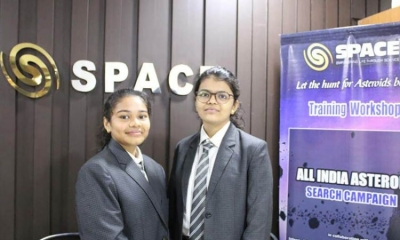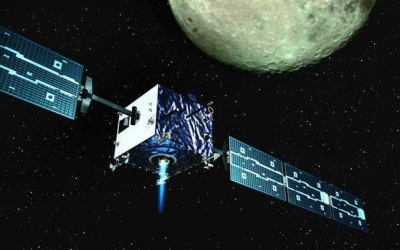Garnerin(g) support for parachute jumps

The first parachute jump of note was performed on October 22, 1797 by Frenchman Andre-Jacques Garnerin. A pioneer in the world of parachuting, Garnerin not only achieved success in his chosen field, but was also able to garner a lot of public interest for it. Join A.S.Ganesh as he jumps into this tale...
The pull of the Earth’s gravity is something that we take for granted these days, but it has been better understood only in the past few centuries. With its effect evident during free fall, humanity has long dreamt about the ability to control that drop. Parachute jumps were one of the first ideas that came about as a solution to this, and it continues to be in vogue even today.
The idea of parachutes were around for some time before it actually became a reality. Italian polymath Leonardo da Vinci, widely considered one of the greatest painters ever, conceived the idea in his works and even made sketches of the same during his lifetime.
Slowing down free fall
There were a number of attempts in the centuries that followed, but it was nearly 300 years later that the first parachute jump of note was carried out successfully. The credit for that goes to Frenchman Andre-Jacques Garnerin, who designed and tested parachutes capable of slowing down free fall from high altitudes.
Born in 1769, Garnerin was drawn towards physics from a young age and took to studying the nascent field of ballooning when he got the chance. He worked with a variety of ballooning activities – mainly with his brother Jean-Baptiste-Olivier Garnerin – and was also involved in the flight of hot air balloons.
When he became an inspector with the French army in 1793, he vouched for the use of balloons during military activities. He was, however, captured by the British troops during hostilities that occurred in the French Revolution. The Brits turned him over to the Hungarians, who held him as a prisoner of war.
An idea in prison
While this might seem like an unlikely setting to strike upon an idea, it was during this time that Garnerin thought about employing air resistance to slow down an individual’s fall from an altitude. Even though he never did use a parachute to try escape from the high ramparts of the Hungarian prison he spent a few years in, the idea stuck with him.
On returning to France, Garnerin began making balloon ascents and also acted on his idea of building a parachute. With a canopy 23 feet in diameter attached to a basket with suspension lines, Garnerin readied his first parachute that was umbrella- shaped.
First demonstration
On October 22, 1797, Garnerin gave a first demonstration with his parachute in Paris. Attaching the parachute to a hydrogen balloon, he reached a height of 3,200 feet or 1,000 m. He then jumped onto the basket of his parachute and severed it from the balloon.
As Garnerin had not included an air vent at the top of his parachute, his journey back to the surface of the Earth was far from smooth. His contraption oscillated wildly during the descent, bumped a little and scraped while landing, but Garnerin emerged unscathed.
Apart from perfecting his parachute, which included introducing an air vent at the top, Garnerin did his best to draw more eyeballs to each of his exhibitions, which took place in various cities of northern Europe. He had a woman accompany him as a passenger in one of his balloon flights, which was both highly publicised and controversial.
His wife, Jeanne-Genevieve, was one of the first women to fly on a balloon when she achieved the feat in 1798. In the following year, she became the first woman to do a parachute jump, as she made a successful descent from 900 m.
Garnerin’s most popular jump took place in London, as he came down on his parachute from an altitude of 8,000 feet (2,440 m) in 1802. His design improvements enabled jumping from greater heights than ever before a reality.
For a man who spent most of his life with balloons and parachutes, he also met his end with it. At the construction site of one of his latest innovations, Garnerin died in an accident in 1823. The fundamentals of his parachute design have largely stayed on, with advancements of various kinds allowing for better control during the descents.
Picture Credit : Google
